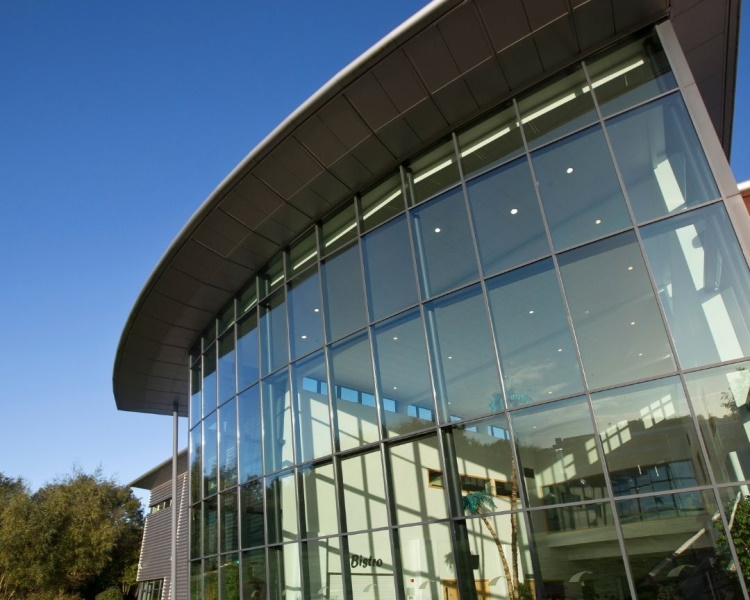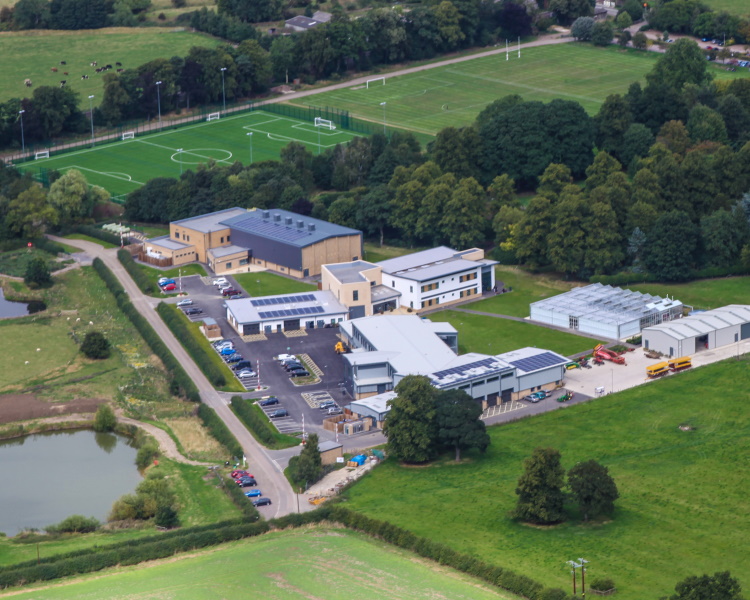Explore some of our plants and facilities below!
 Pea Robinson
Pea Robinson
 Sweet Brooksby Tomato
Sweet Brooksby Tomato
The Sweet Brooksby Tomato was originally developed at Brooksby in 1962 as part of a breeding program at the college. Lost for years, it was rediscovered by Plant Heritage, who found it being grown by a family connected to its original breeder. In 2018, the tomato returned to Brooksby, where it is now cultivated annually, with seeds harvested from the best fruit to enhance the variety.
This sweet cherry tomato grows as an intermediate cordon and thrives outdoors in cooler air, as it is prone to blight under heat stress. While challenges have arisen in polytunnels and glasshouses during hot summers, outdoor cultivation has proven successful. With special permission from Plant Heritage, Brooksby continues to grow and sell small numbers of these plants in its staff and student shop, preserving this unique variety for future generations.
 Liriopes and Ophiopogon's
Liriopes and Ophiopogon's
Since arriving at Brooksby Campus in 1996, our plant collection—originally started in 1974—has been closely linked to the Plant Heritage Society and is now being documented in their award-winning database, Persephone. With origins in Japan and Asia, many of these plants have undergone years of research due to historical mislabeling by nurserymen, leading to identical varieties with different names. To rectify this, we are collaborating with De Montfort University for DNA testing, while also acquiring new samples to refine classification. Our collection includes Ophiopogons, which bloom from late July, and Liriopes, flowering between August and September. These hardy plants thrive in dry or wet conditions, sun or shade, making them excellent choices for most gardens—some even produce bright-colored berries, adding to their appeal.
 Barberry Broomrape
Barberry Broomrape
Recently, Brooksby Campus welcomed visitors from the Botanical Society of Britain and Ireland to observe a rare plant thriving on our grounds—Barberry Broomrape, a parasitic species that forms a symbiotic relationship with the Berberidaceae plant family, including Berberis and Mahonia. By attaching to their roots, the Broomrape provides converted nitrogen, benefiting the host plant while receiving nutrients in return. Like mushrooms, it only flowers under specific conditions, typically in July, making this the best time to spot them. According to the society, there are only three known locations in Britain where this plant has been found, but with one site lost and another showing no sightings this year, Brooksby remains the only confirmed location where they are actively growing. Having previously identified three growth sites on our grounds, we are committed to fostering and developing these areas to ensure the Broomrape population flourishes for years to come.
 Gunerra
Gunerra
These massive, prehistoric-looking plants are hard to miss! 🌿💚 Keep an eye out for them when you visit campus on an open day.
Known as "giant rhubarb" or "dinosaur food," Gunnera boasts enormous leaves, with some species reaching up to 3 meters in diameter! Even more fascinating, they form a unique symbiotic relationship with cyanobacteria, allowing them to fix nitrogen and enrich the soil—making them not just visually impressive but ecologically important too.
 Monkey Puzzle
Monkey Puzzle
The Monkey Puzzle tree (Araucaria araucana) is an ancient evergreen conifer native to Chile and Argentina, often recognized for its distinctive spiky leaves and symmetrical branching pattern. Sometimes called the "living fossil," this tree has existed for over 200 million years, dating back to the time of dinosaurs. It can grow up to 45–50 meters tall and live for more than 700 years, making it one of the longest-living tree species. The tree produces large, edible seeds known as piñones, which have been traditionally used as a food source by indigenous communities.
 Glass House
Glass House
Our glass houses are home to a huge variety of exciting plants, from super interesting carnivores such as venus flytraps and pitcher plants, to our fuiting passionfuit vine and large-leaved banana plant!


